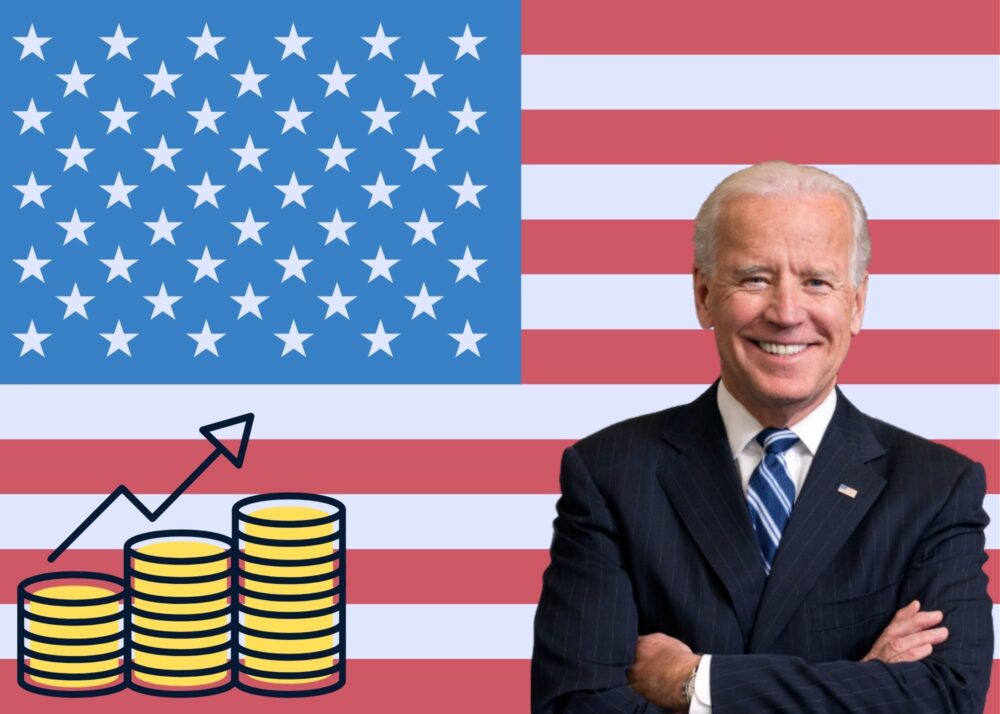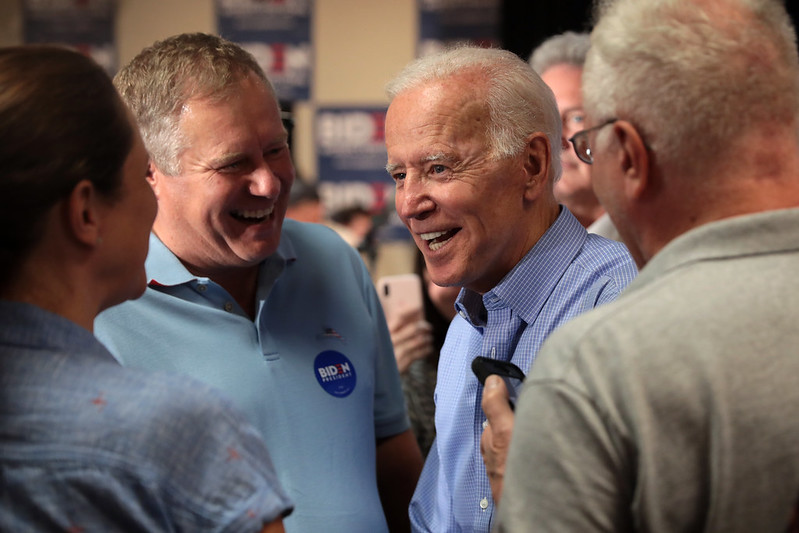
By Brandon Nguyen
House Democrats passed a 591-page bill on Feb. 27, detailing their proposals for the next major coronavirus relief package. This is in conjunction with President Biden’s coronavirus relief package outline, also known as the American Rescue Plan, which had been a large part of his campaign and the two Senate-runoff races in Georgia that determined control of the Senate. The second coronavirus relief package is expected to cost $1.9 trillion―here’s the breakdown.
Stimulus Checks
Stimulus checks of $1,400 would be sent to everyone making under $75,000 and start decreasing for people making over that threshold. Added with the $600 checks passed in December 2020, they total to $2,000.
Individuals making more than $100,000 a year and households making over $200,000 will not receive any checks.
The payments will include undocumented immigrants who live with legal immigrants, contrary to the previous CARES Act.
Unemployment benefits
The second COVID-19 relief package would extend and increase unemployment benefits that expire for 11.4 million workers in March to $400 a week.
It also provides $25 billion for low-income and unemployed families to pay rent and will maintain an increase in food stamp benefits by 15% through September.
Health
The plan would subsidize $35 billion to the Affordable Care Act, also known as Obamacare, so that recipients won’t have to pay more than 8.5% of their income in order to get health coverage. The previous standard had been 10%. Schools would get $130 billion to purchase personal protective equipment and accomplish other obligations to help them reopen.
Furthermore, $350 billion would be sent to state, local and territorial governments meant to help with vaccine distribution, testing and other purposes, but the way it is distributed has been the subject of much contention between Democrats and Republicans.
The $350 billion will be distributed by the unemployment rate, instead of the state population like the CARES Act. Republicans argue this is unfair because generally, states with Democratic governors decided to enforce harsher lockdowns. The Congressional Budget office speculated that only 5% of the $130 billion sent to K-12 schools would be used this year and that the other 95% will be spent between 2022 and 2028.

Business
Fifteen billion dollars would go into a new grant program to help small businesses that are separate from the Paycheck Protection Program. However, unlike Biden’s proposal, the House Democrats’ bill does not support mandatory paid family and sick leave.
Democratic Senators Kyrsten Sinema of Arizona and Joe Manchin of West Virginia objected to the bill’s proposal to raise the federal minimum wage to $15 an hour and are crucial votes in the 50-50 Senate.
Democratic and Republican reactions
Republicans have characterized the $1.9 trillion bill as a “liberal wish list” and “bankrupting our children.” They disagree with parts of the bill, such as the $1.5 million it allocates to build the Seaway International Bridge that would allow transportation between New York and Canada, and point out that $1 trillion from the CARES Act remains unspent.
House Speaker Nancy Pelosi wrote on Twitter that the Republican opposition was “a reckless Republican effort to put partisanship over American health, safety, & jobs.”
This bill is expected to pass on a straight Democrat-party-line vote or through budget reconciliation.





